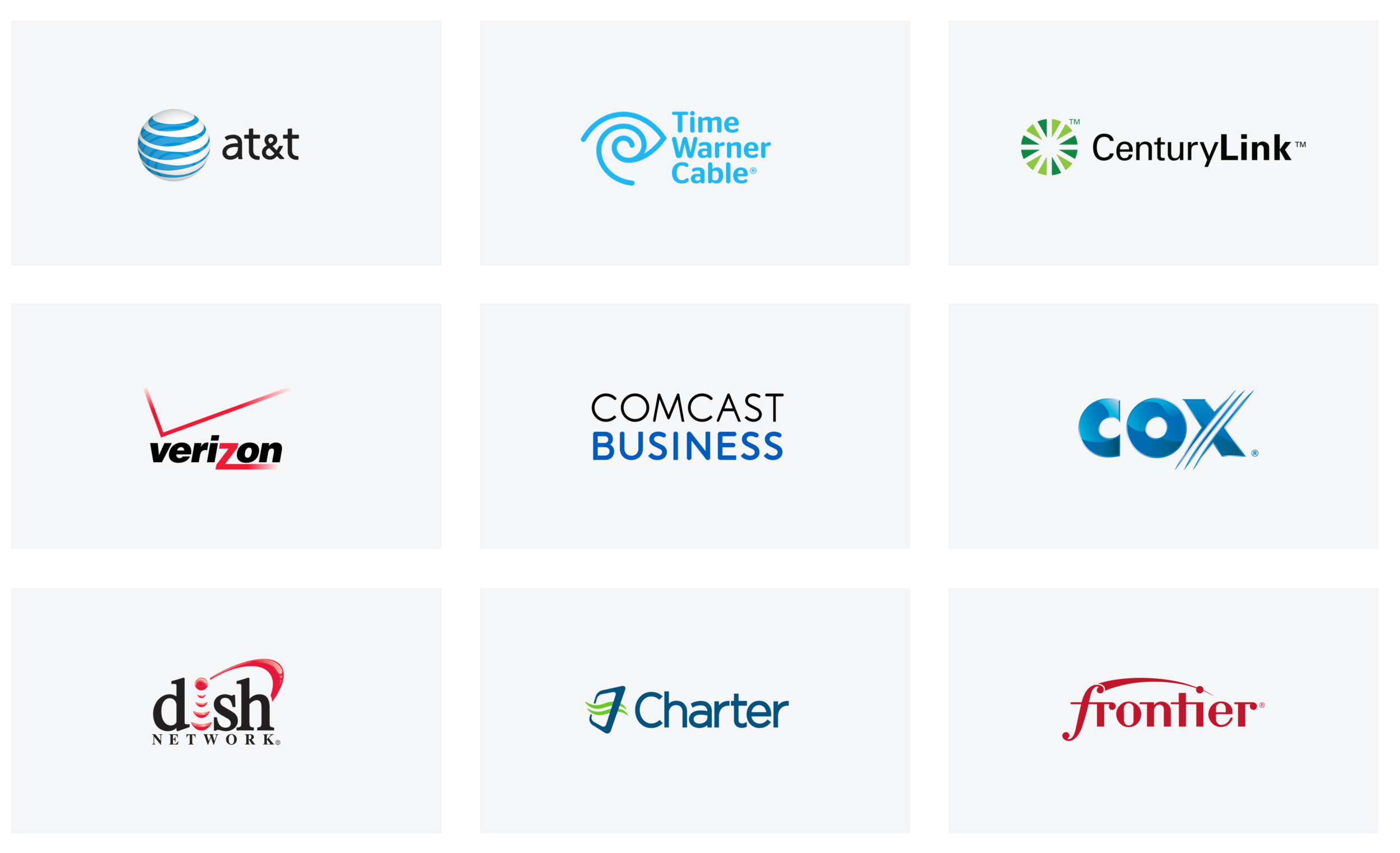Helping Comcast bring their first mobile app to market
Background
All of Comcast's major competitors had account management mobile apps in market. Comcast was looking to launch a best-in-class account management and voice experience that combined different apps and ecosystems into one streamlined, easy-to-use mobile app.
My role
I partnered with the digital strategist to dive deep into platform analytics and research to validate persona assumptions. Then, created frameworks and artifacts to evangelize ideas, drive decisions, and gain alignment. Then, defined the core architecture and worked closely with the team optimizing workflows, navigation system and core interactions.
Finally, I designed and built prototypes in order to pressure test concepts and socialize our ideas to the broader team. And then, conducted user tests and presented findings, serving as the bridge between strategy, engineering, and visual design. And lastly, I supported the Creative Director in applying visual styles and branding guidelines to the mobile app.
Understanding the market
Introducing Comcast Mobile App
Access your Comcast Business account anytime and anywhere with the Comcast Business App—an innovative, all-in-one tool designed with your business in mind. With streamlined navigation and an intuitive layout, the Comcast Business App makes it easier than ever to manage your account on the go, right from your mobile device.
Will it help me manage my accounts?
The mobile app included voice functionality that allows users to call, manage voicemail, transfer calls, store contacts, read voice to text, and more.
Will it include voice capabilities?
The mobile app included voice functionality that allows users to call, manage voicemail, transfer calls, store contacts, read voice to text, and more.
Will it help me keep track of contacts and voicemail?
The app translated voicemails to text, and allowed users to easily manage their contacts and business communications.
Will I be able to pay my account bills?
The app allows customers to pay bills from all locations. An account is tied to a location, therefore, mobile bill pay at scale become a complex issue.
Auto Pay & Eco Bill
Users can configure auto pay settings for their accounts. We optimized this flow to scale for the spectrum of account types, from single location and multi-location accounts.
Report Outage
Users are able to see the overall health of their telecommunication infrastructure at all times right from their mobile device.
Home
The home page displayed the highest level overview of all business accounts, including a notification system for the voice and account management sections.
Security
Comcast's commitment to security was apparent, and we integrated many of the most modern mobile security features.
Self Service
One of the core purposes of the app was the self service experience. The app offered a mobile counterpart to the online help desk portal.
Transfer
A feature that caters to the modern business professional, users can easily manage calls and business relationships on the go.
Process
How did we get there
I was engaged throughout the entire process of research, discovery, ideation, building, prototyping and testing the app to designing.
I conducted research on current in market solutions from other company's self service mobile apps spanning the telecommunication industry and apps from other industries.
We started by embarking on an extensive research of personas and of current in market apps from competing companies and similar industries to build the case for a two app approach.
Prioritizing features based on web portal usage
Monolithic or app Suite
There was a clear need for a mobile solution for both voice and account management functionality from a market perspective. Comcast had to act fast.
Every major player in Comcast's space had a similar app in market. Most however, offered a suite of apps. Comcast Business wanted one app to rule them all.
After nearly weeks of research and extensive strategy illuminating the strengths and weaknesses of a monolithic app versus an app suite, we made the decision to pursue a single-app solution.
Whiteboard space was taken
So I took over the CEO’s big wooden slider door to map out workflows and sketch initial concepts.
Digitizing workflows
Information architecture
Design system
User testing
We conducted over 20 user tests divided into two stages of testing, and compared completion rates and overall experiences
Project Outcomes
Increased Sign Ups
Comcast wanted to accomplish an increase in overall sign ups for account management use, as tracked through email data and account set up. This was a great KPI to track and aligned with the business and design goals.
Increased Auto Pay Enrollment
Auto was a core metric for Comcast, although a controversial one, as businesses that pass a certain threshold of locations were typically not comfortable configuring auto pay manually on a cell phone. Therefore, we suggested tracking only for key user segments.
Increased Eco Bill Pay Enrollment
Auto pay was a huge win for Comcast. We elevated this functionality in the app so that users could streamline their payments.
Increased Engagement
The app and its interactions were designed to be as a frictionless as possible, making it easy for users to quickly complete tasks and then go about their lives.
Therefore, increased engagement was a vague KPI, and was one that we, as a design team, battled with from the beginning.
Any user data is better than nothing
Sometimes, user data is hard to come by, especially when your client is a large organization like Comcast. The team struggled at times to get access to user data that would have given us a better understanding of use cases, scale and user behavior.
Engage engineering early
The team engaged back end architects too late in the process. I mean, way too late. And as a result, we learned that the homepage experience we tested had scalability issues for larger sized businesses.






























